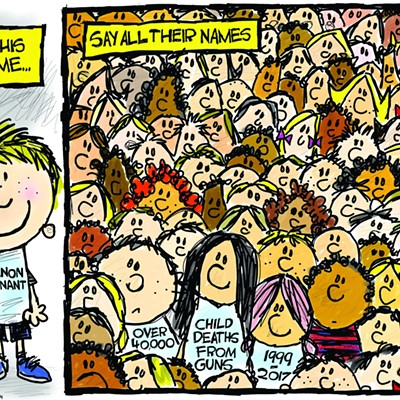We know that this little girl is a child with an emotional disability. At the time of the incident, this child was a ward of the state and receiving in-patient psychiatric care from Arizona's Children Association. For more than 90 years, Arizona's Children Association (AZCA) has been a leader in providing care to the community's most abused and traumatized children. Children who receive in-patient care from AZCA's residential treatment center have the most challenging behaviors, the most tragic histories. Behaviors of abused and/or neglected children, like this child, are often a direct result of the trauma they have suffered.
We know that Arizona law and South Tucson Police policy mandate police to use the minimal amount of force reasonably necessary and proportionate to the threat to gain control of a situation. In this case, we know that this unarmed child was handcuffed at the time she was shocked with the Taser. Importantly, South Tucson Police policy lists numerous exclusions to using Taser, and specifically bars its use on someone who is restrained.
We know coercion has no place in mental-health treatment. There was a time, not long ago, when people with mental illness, including children, were routinely hit, slapped, tied-up, threatened and over-medicated in order to force their compliance. While not all of these practices have disappeared--as attested to by the tragic restraint death of Wendy Gazda last July at Kino Hospital--there is a general consensus among mental health providers that coercion is not mental health treatment, but instead reflects treatment failure. Particularly for people with trauma histories, it is understood that coercive measures re-traumatize the person.
While AZCA staff did not fire the Taser nor request its use, staff did request police assistance, were told the Taser would be used and stood by while police used it on the child. This is concerning in light of the Saturday, June 5, 2004, Los Angeles Times article reporting that a local Los Angeles hospital is at risk of losing its federal Medicaid funding because it relies on police Taser use to subdue psychiatric patients. AZCA and other mental health providers could risk similar funding losses if they continue to rely on police who use Tasers to control patients.
Finally, we know that the number of Tasers is increasing in the Tucson community and that medical evidence about the safety of the Taser is still uncertain. The Los Angeles Times reported that about 40 people nationally have died as a result of Taser use. Although the manufacturer claims these deaths are a result of other causes, Taser International training materials describe the device as "less lethal," not "non-lethal." There has been no thorough, independent and impartial evaluation of the medical effects, much less the psychological effects, of electro-shock weapons like the Taser. Despite a product description which clearly states that the weapon is not to be used for coercive purposes, the fact that the Taser can inflict severe pain--often without leaving visible marks--makes them ripe for abuse, particularly against people with disabilities.
Based on what we know, this sergeant at best behaved inappropriately. It is unlikely any of us would consider it reasonable or justified for a police officer to hit a handcuffed, unarmed child in an effort to get the child to comply with demands to calm down. What is the difference between punching a child and tasing a child? The use of technology to effectuate an assault does not make it any less a violation of the public's trust in law enforcement. It's no surprise the child complied after she was shocked with the Taser. Just because something works, however, doesn't mean it's right.
We know Tucson can and must do better by its children.










